An Introduction to Aquarium Cycling
On the road to becoming a successful aquarist, saltwater, freshwater, or pond, there are many speed bumps. The first, most crucial, and potentially the most trying to your patience is cycling. We’ve all been there; you likely saw a tank or came back from a scuba diving experience that inspired you to build a slice of the aquatic world in your very own living room. “Fish are easy,” you might think to yourself, “I had a goldfish when I was a kid. No problem.” However, there’s more to setting up the tank of your dreams than just getting a box of water and immediately throwing your favorite livestock in it. Building a successful aquarium requires building a miniature ecosystem balanced to process the waste created by your aquatic pets.
The Nitrogen Cycle
The first, and most important, step in understanding aquarium cycling is understanding the nitrogen cycle. This is a deep topic, but for the average aquarist, all you need to know is that fish release ammonia as a waste product, and too much ammonia is lethal. In the wild, with huge water volumes and established environments, this isn’t a problem, but in the home aquarium starting with sterile water and substrate, you can expect to see ammonia levels skyrocket to dangerous levels in a few days if you didn’t properly prepare your aquarium beforehand.
To process this ammonia into less noxious chemicals, your new aquarium needs to build up a sufficient population of ‘good bacteria.’ This team of various species of nitrifying bacteria first convert ammonia into nitrite, a slightly less harmful substance, and then finally nitrite into the much less harmful nitrate.

How To Start?
Now that you have a working knowledge of the nitrogen cycle, it’s time to apply it to the aquarium hobby. The best way to start is with a traditional fishless cycle. With this method, the aquarist sets up the tank with all equipment running, but DOES NOT add any livestock. At this time, you need to add a source of ammonia to get the cycle started. This can be as simple as regular ‘ghost feedings’ of fish food or throwing in a raw cocktail shrimp to rot, or as scientific as adding measured amounts of pure ammonia to the system.
What do I need?
So you’ve got ammonia in the system, but now what? Here are some essential, or helpful tools in your cycling arsenal.
-
Test Kit
Your test kit is essential to the process of cycling. You’ll need a reliable ammonia, nitrite, and nitrate test kit. -
Bottled Bacteria
Shelf stable nitrifying bacteria in a bottle! These products are relatively new to the aquarium scene, but many have used them to great effect to drastically shorten the time it takes to cycle an aquarium. - Bacteria Seeding Material
Similar to bottled bacteria products, this involves borrowing a source of rock, substrate, or filter material from an established aquarium to help introduce the required bacteria faster.
The Process
You’ve got your ammonia, you’ve got your test kits, and any bacterial products to speed the process, so now it’s time to use them. Add enough ammonia the system to read about 1ppm on your test kit. Dosage calculators are available online, or simply follow product instructions if using an aquarium specific ammonia source. If you’re cycling with organic matter instead, now’s the time to add it in. You’ll also want to add your bacteria sources now if you chose to get them.
At this point, you’ll want to start testing ammonia, nitrite, and nitrate once per day. You should see ammonia stay high with near zero of the others at first. Simply maintain 1ppm of ammonia and continue daily testing until you start seeing nitrite, and then finally nitrate. Once your bacterial population can successfully process the entire ammonia dosage in a day, and ammonia and nitrite both read zero, your job is done! Time to go get some fish!
What’s Next
Though ammonia and nitrite issues should be a thing of the past in a cycled tank, your job isn’t finished! Eventually you’ll build up an excess of nitrate, which can cause algae and other issues. Look out for our next entry on nutrient control!





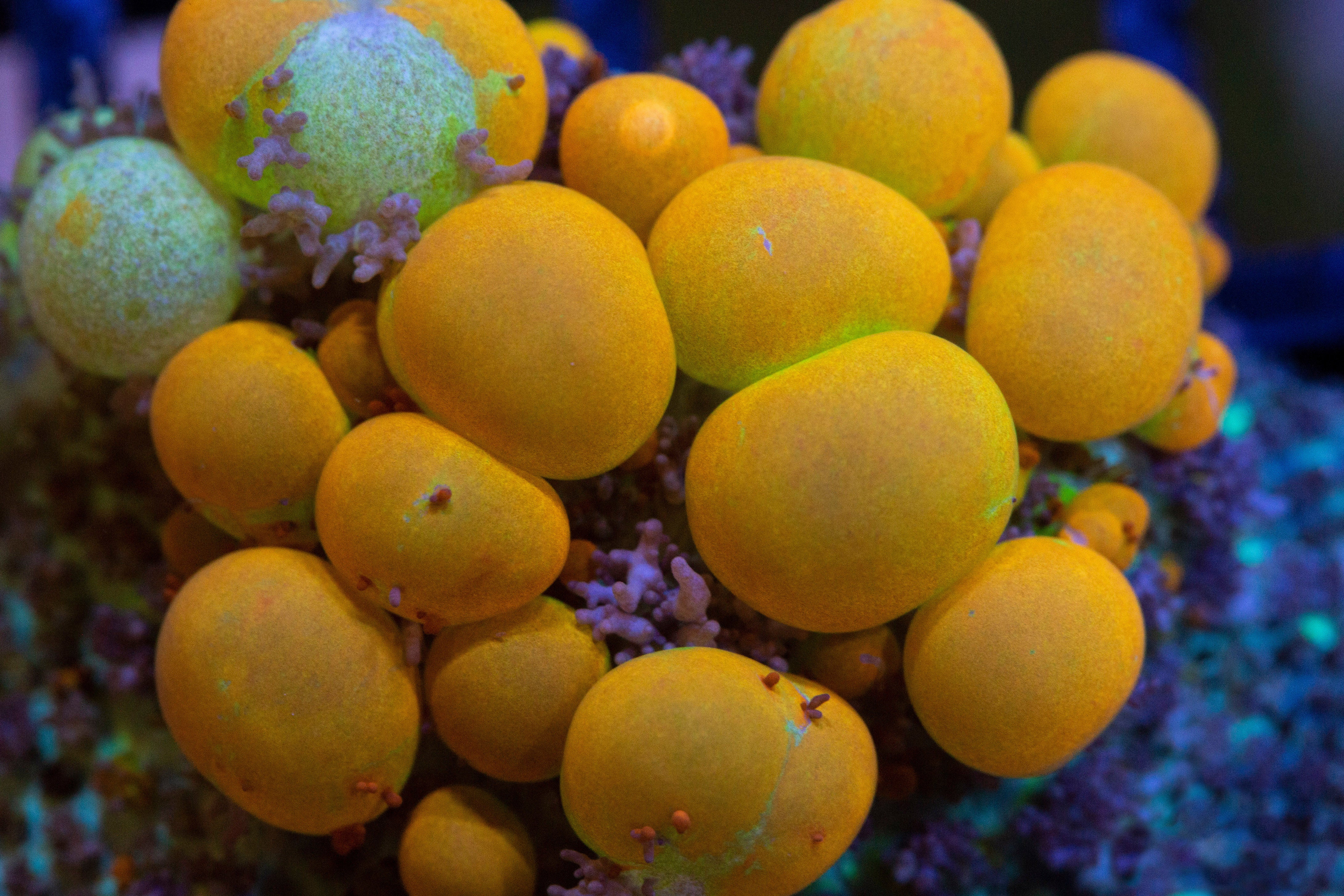
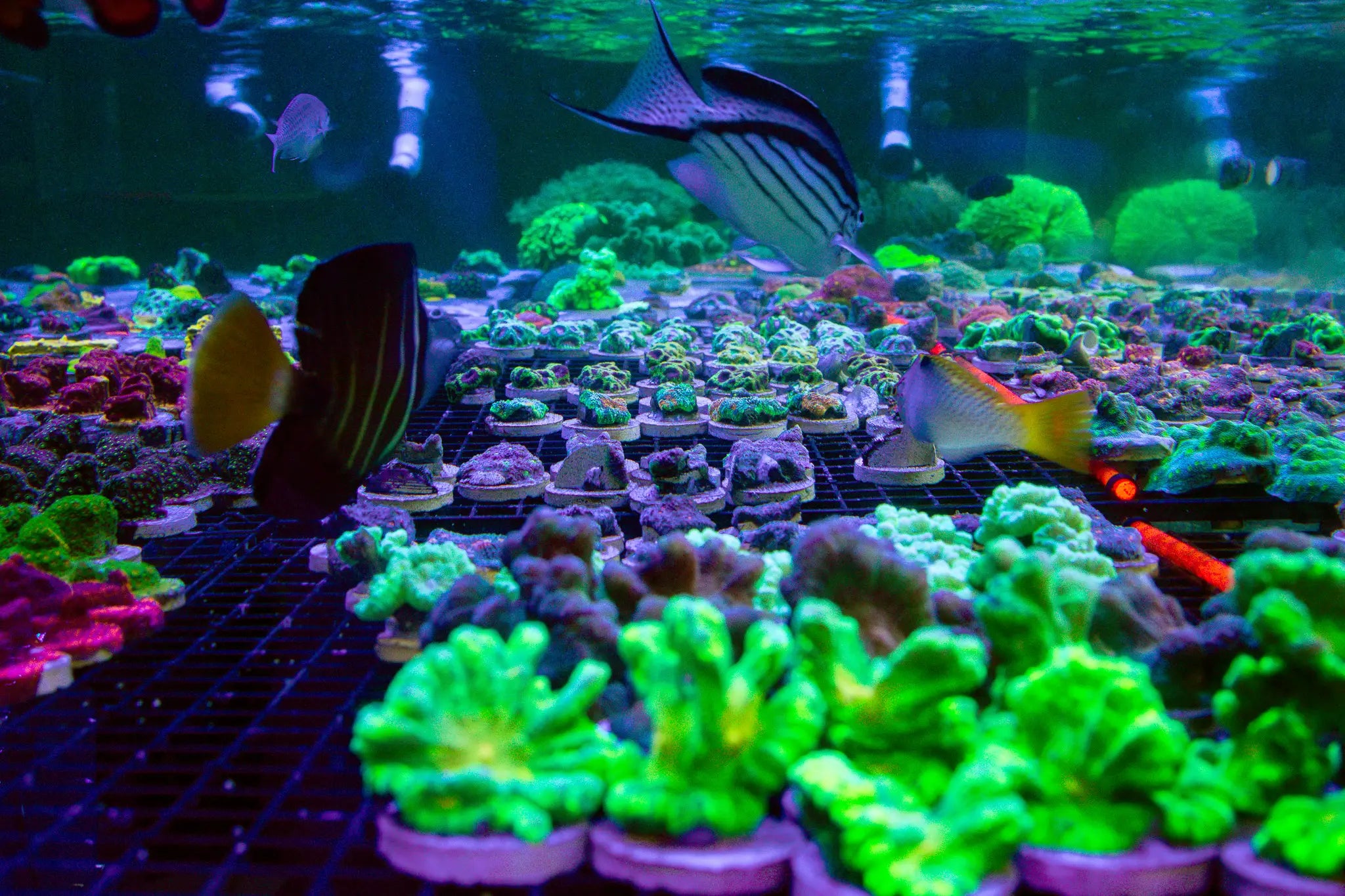
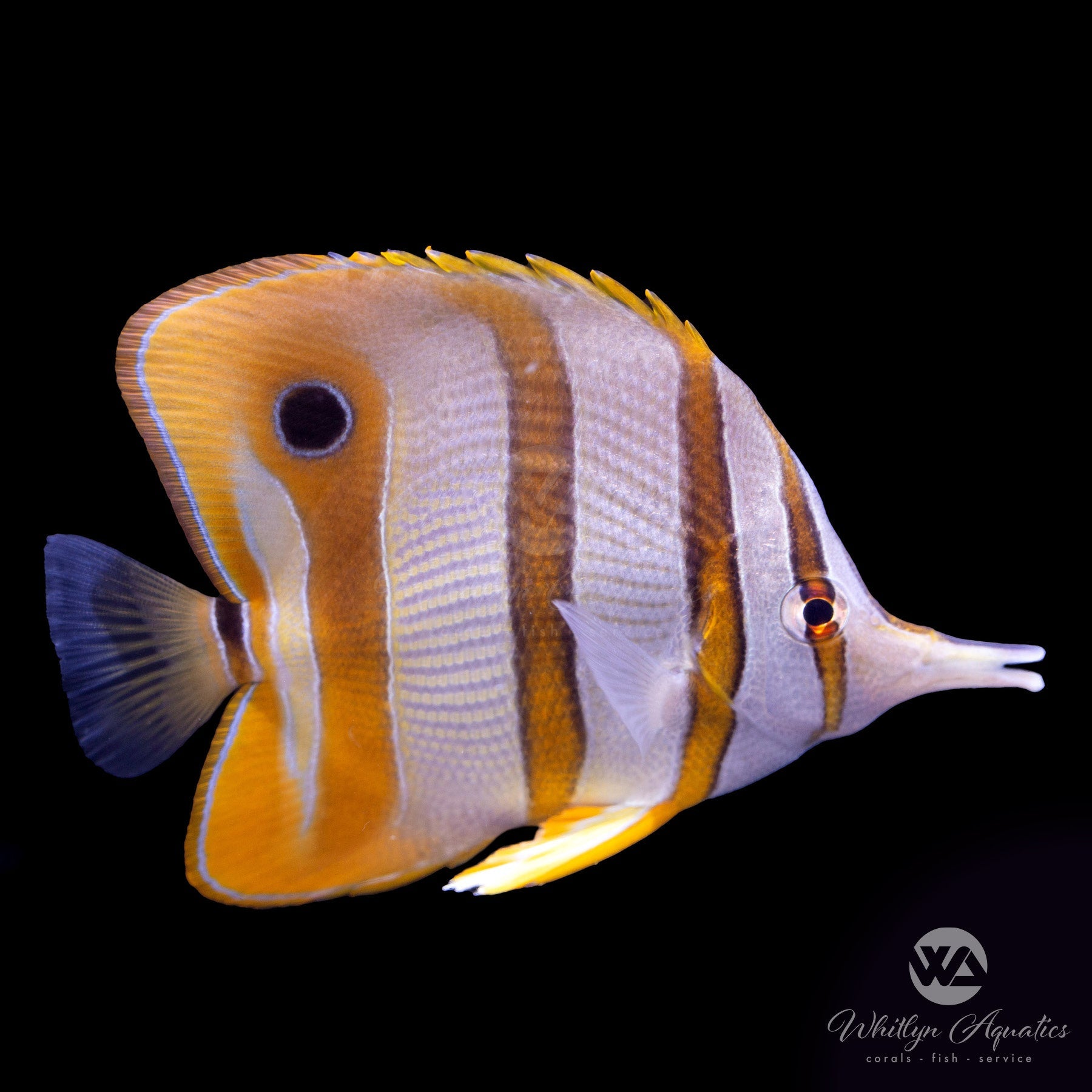
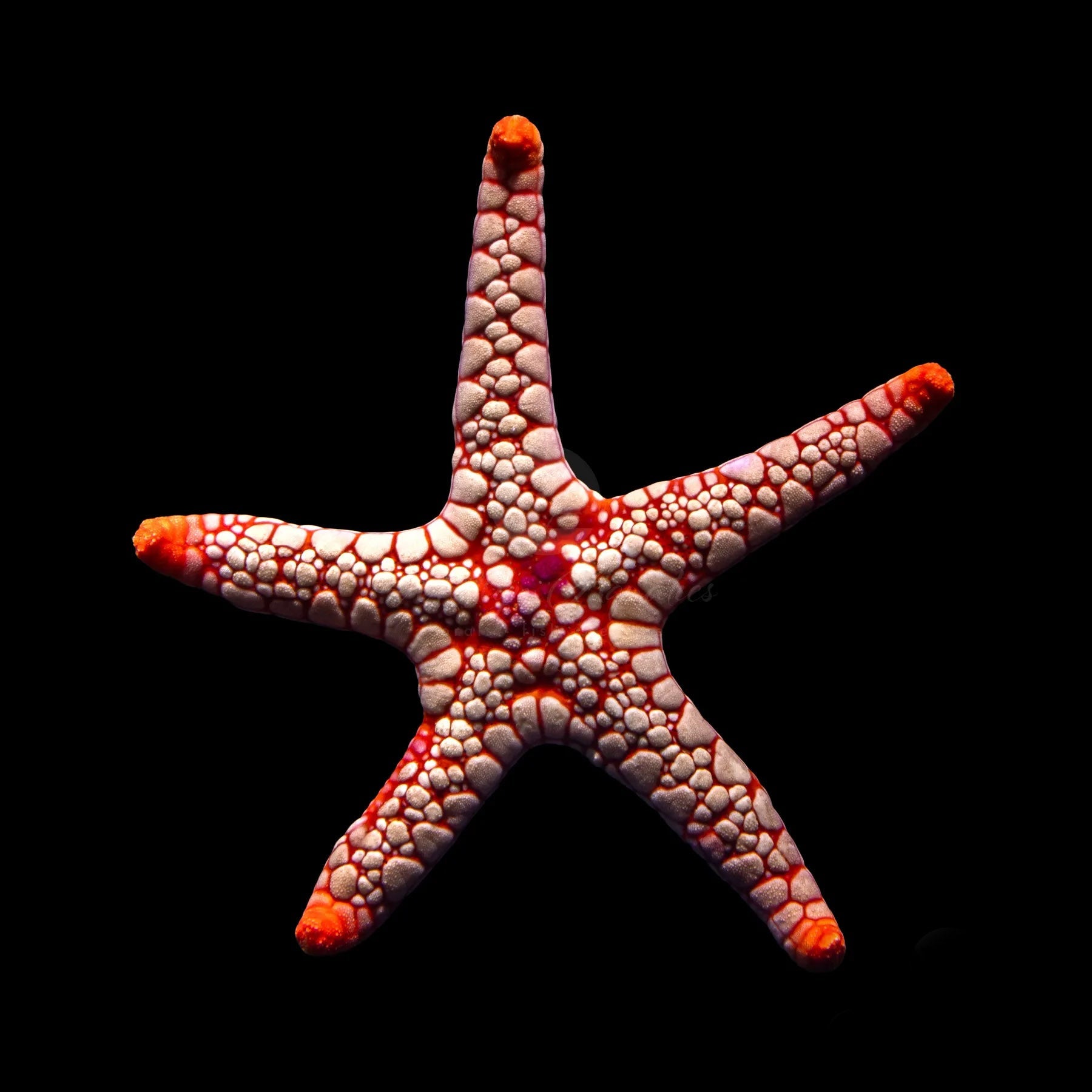
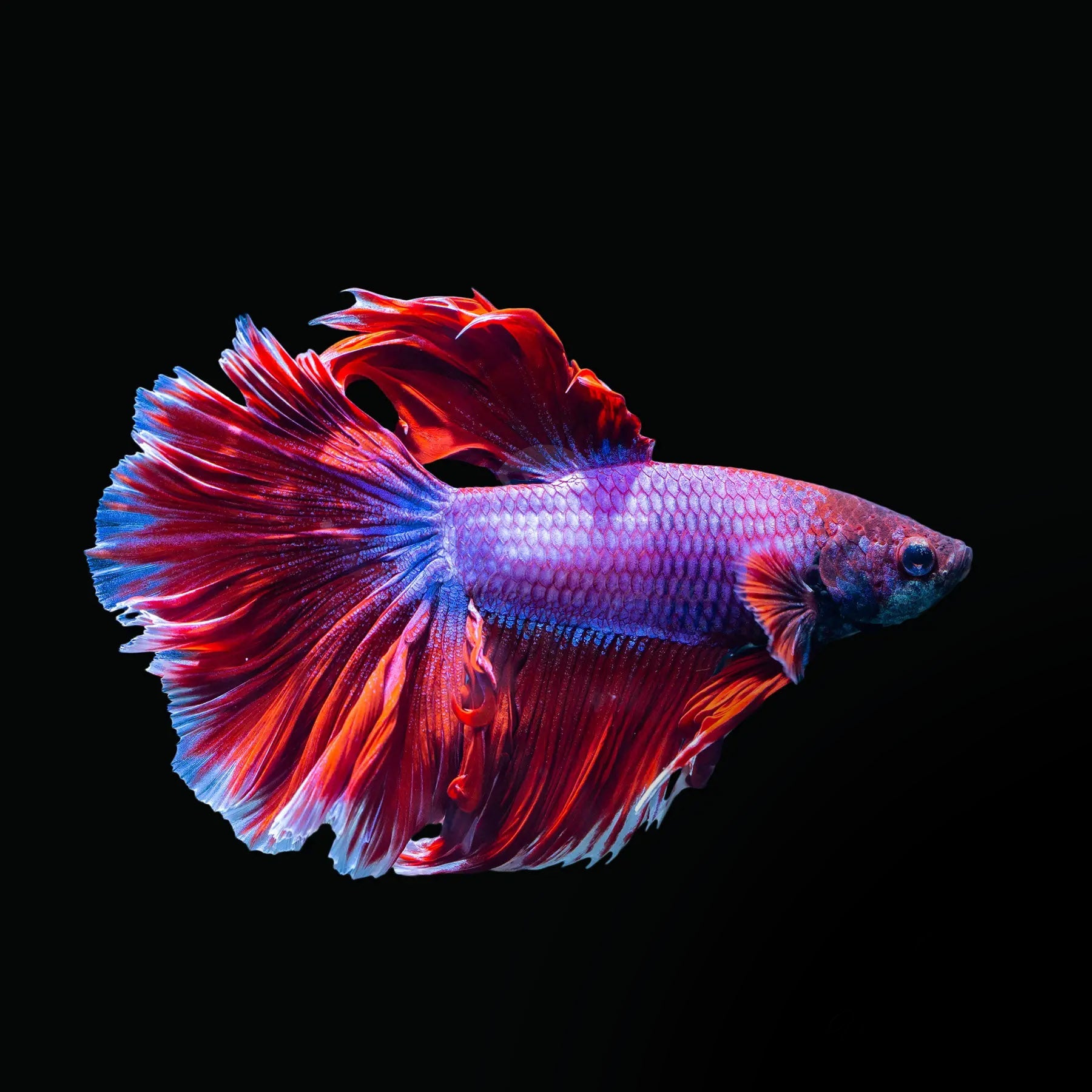
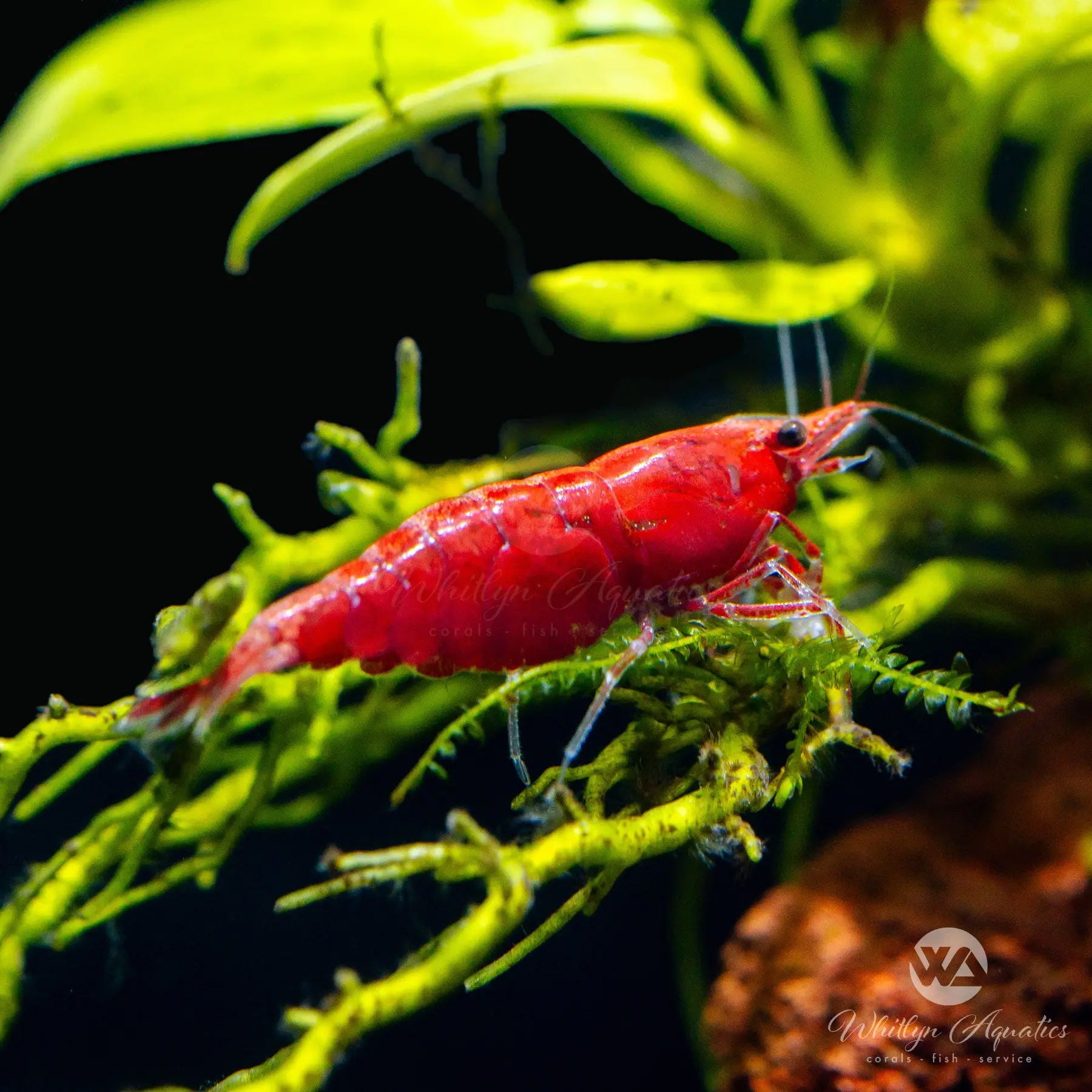
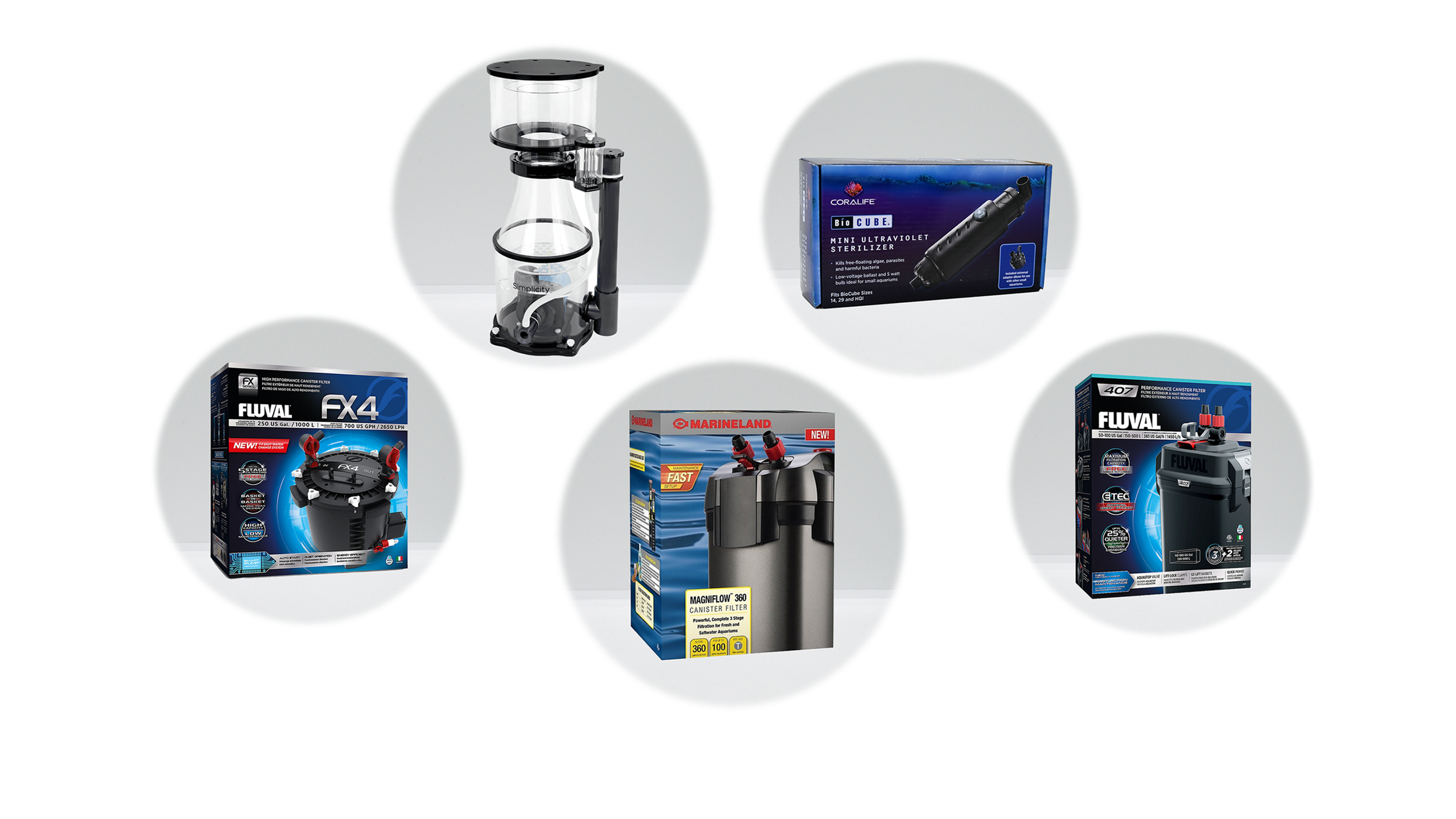
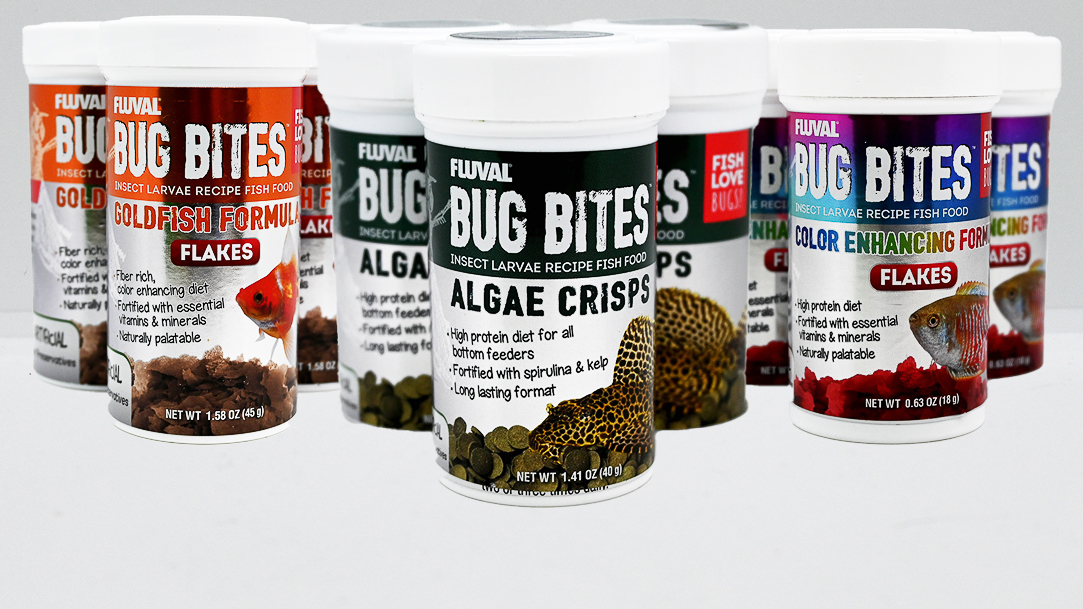
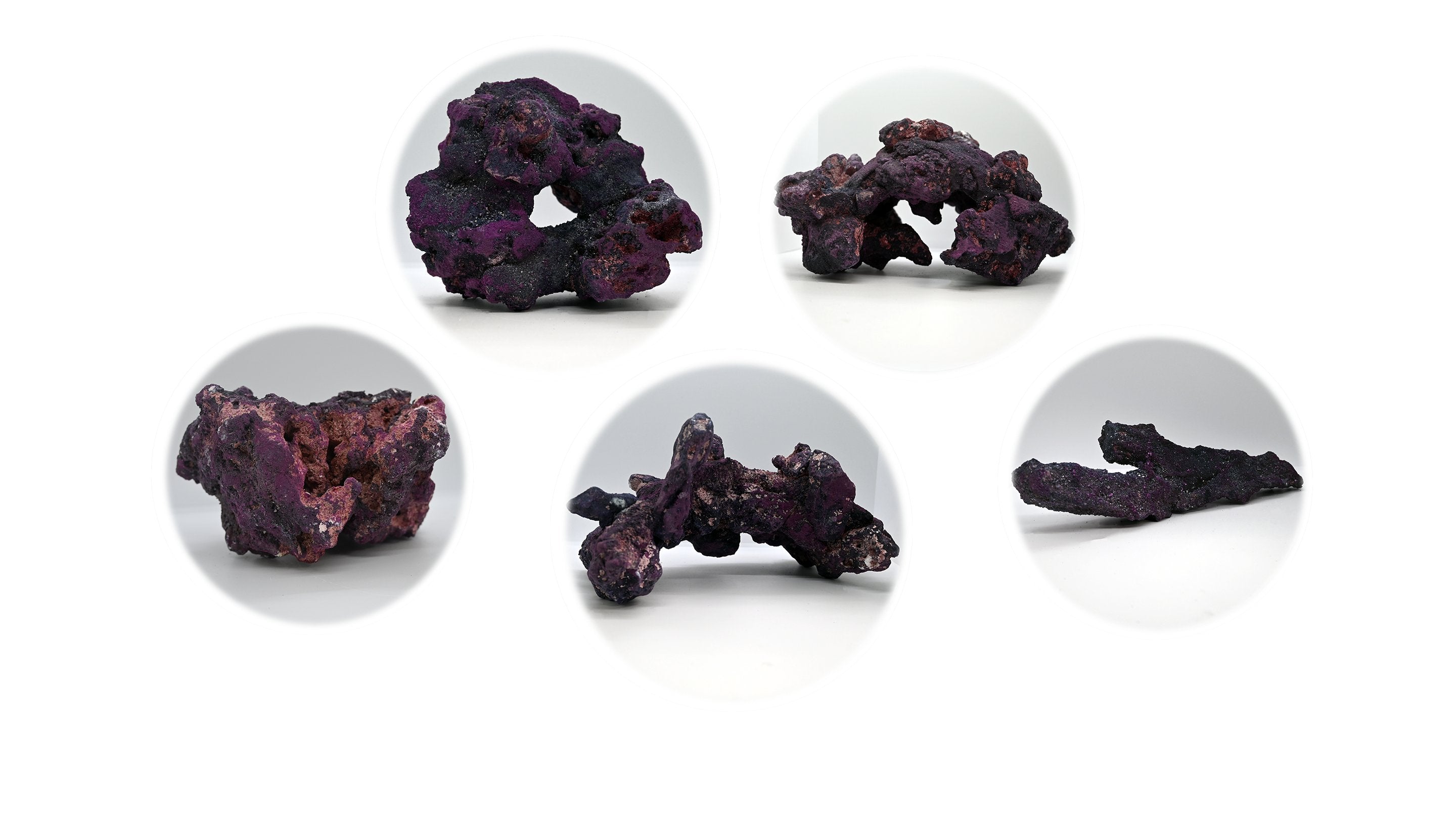
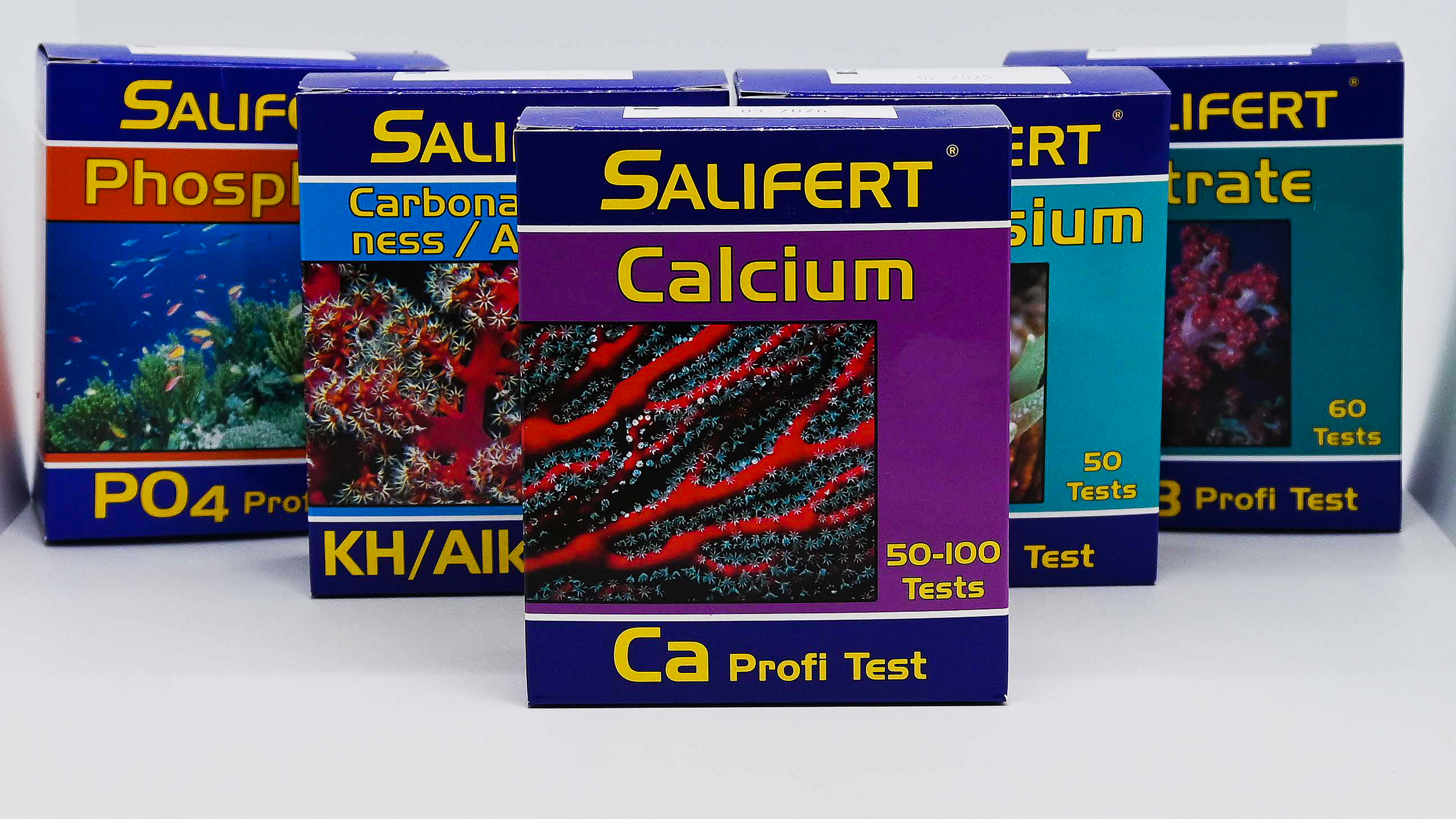
Leave a comment